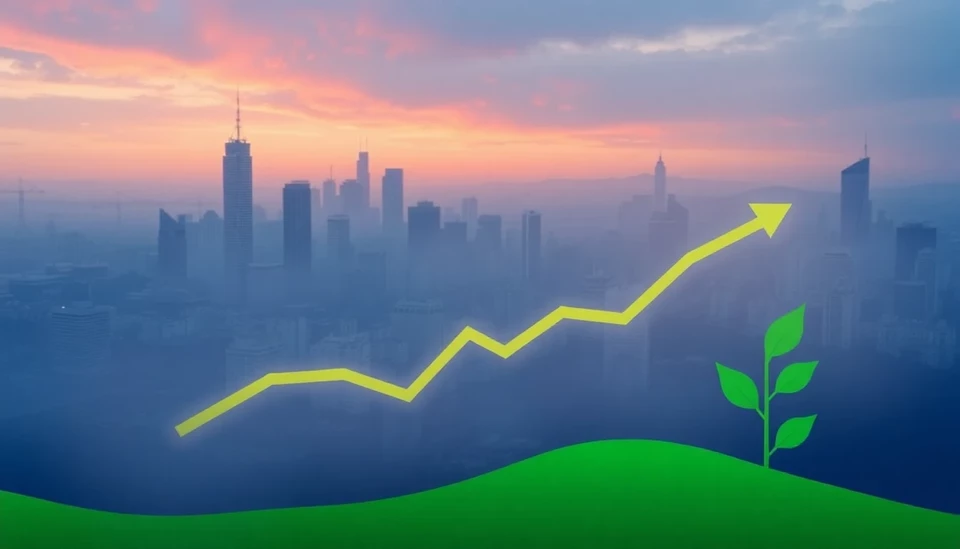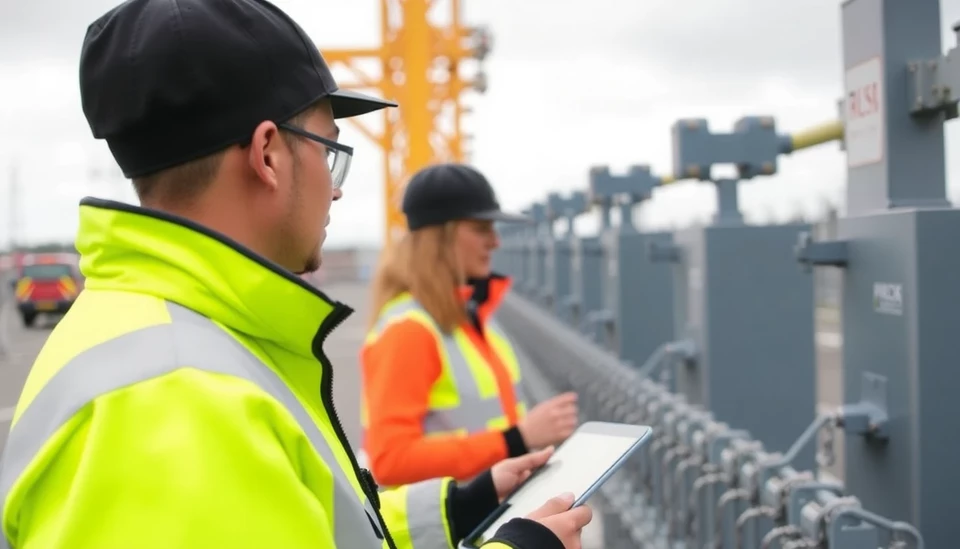
In a world beset by economic fluctuations and changing political landscapes, green investors are at a crossroads, facing an array of challenges that could impact the sustainability sector. Recent developments point to a volatile market, raising questions about the future of green investments amidst concerns regarding inflation, interest rates, and shifting governmental policies.
As various sectors scramble to adapt to a post-pandemic reality, green investors are particularly keen on reassessing their strategies and portfolios. With climate-focused investments becoming increasingly popular, the surge in demand has also been met with immense volatility. Many investors in the green sector are concerned that global financial instability may undermine progress made in sustainable initiatives and innovation.
The ongoing tensions in the energy market due to geopolitical issues further complicate the landscape for green investors. While fossil fuel prices have surged, many are questioning the sustainability of traditional energy stock performances as attention shifts toward renewable sources. The dilemma now revolves around finding balance in investment strategies — where to redistribute funds amid fears that the prior gains in renewables may falter.
To ameliorate these challenges, experts recommend a diversified approach. Investors are encouraged to look not only at solar or wind energy projects but also to explore areas such as carbon capture technologies and green transportation solutions. These emerging sectors present various opportunities that can offset potential losses in more traditional green investments.
Moreover, there is a pressing need for continued government support and favorable policy implementation for the sustainability sector. Institutional and private investors alike are advocating for government incentives and tax benefits that can safeguard their commitments in a time of uncertainty. As green initiatives often require substantial upfront capital, these policy changes could catalyze a newfound confidence among investors, crucial for the acceleration of green technology.
The rise of Environmental, Social, and Governance (ESG) criteria adds another layer to the current investment climate. As these benchmarks become mainstream, they are reshaping how investors evaluate risks and performance. Many see ESG factors as not only necessary but as an integral part of business strategy and long-term investment planning, suggesting a shift in focus from short-term gains to sustainable growth.
While investment in sustainability remains robust, the upcoming months will likely see an intensified examination of both market performance and potential vulnerabilities. This heightened scrutiny will not only affect how current investors allocate their capital but also how new entrants perceive the landscape of green investments.
As the economic narrative unfolds, what remains clear is the fundamental belief in sustainability as essential to future growth. Green investors, though deeply aware of the cyclical challenges, retain their focus on long-term value while remaining agile enough to pivot when necessary. Their resolve to correlate financial gains with environmentally-conscious investments will be instrumental in shaping the future of finance and the planet.
In conclusion, while immediate market conditions present a stark challenge, the avenue of growth within sustainable investments remains bright for those willing to navigate this complex terrain. With an evolving array of strategies and policies expected to come into play, green investors must remain proactive, adaptable, and committed to the overarching goal of fostering a sustainable and eco-friendly future.
#GreenInvestments #Sustainability #MarketTrends #EcoInvesting #InvestmentStrategies #ESG #RenewableEnergy #Finance #ClimateChange
Author: Peter Collins




